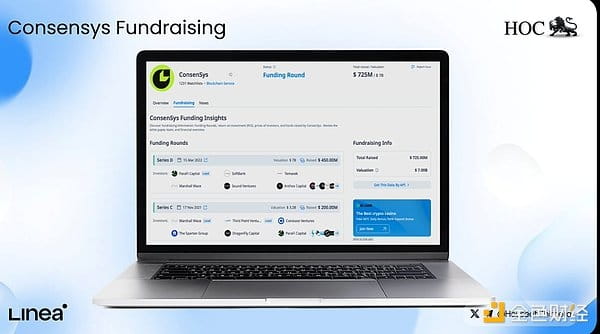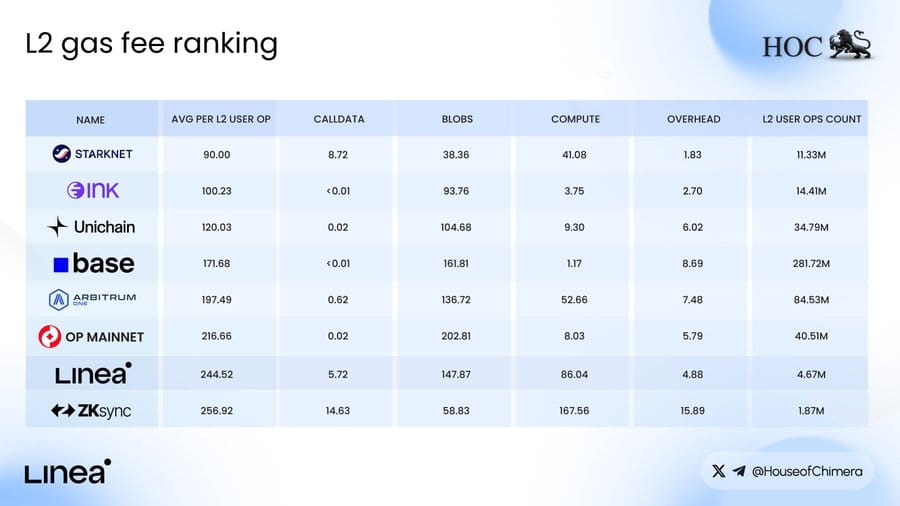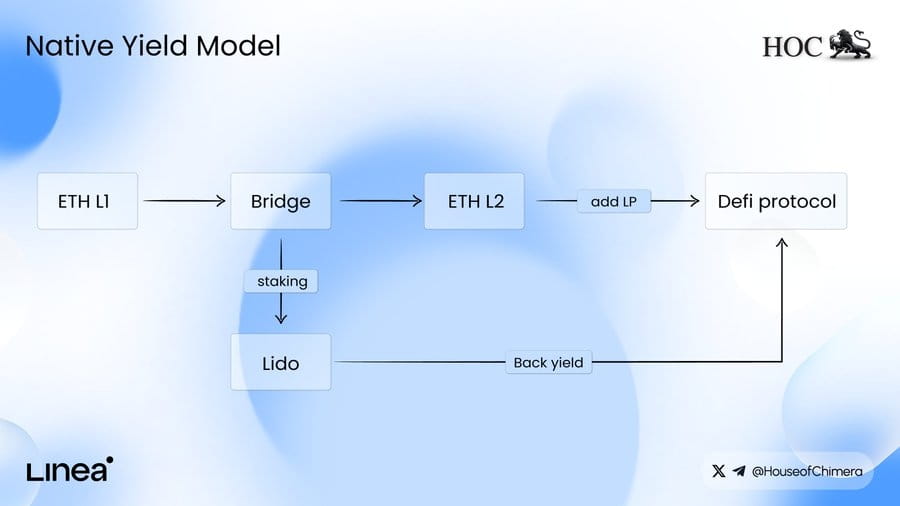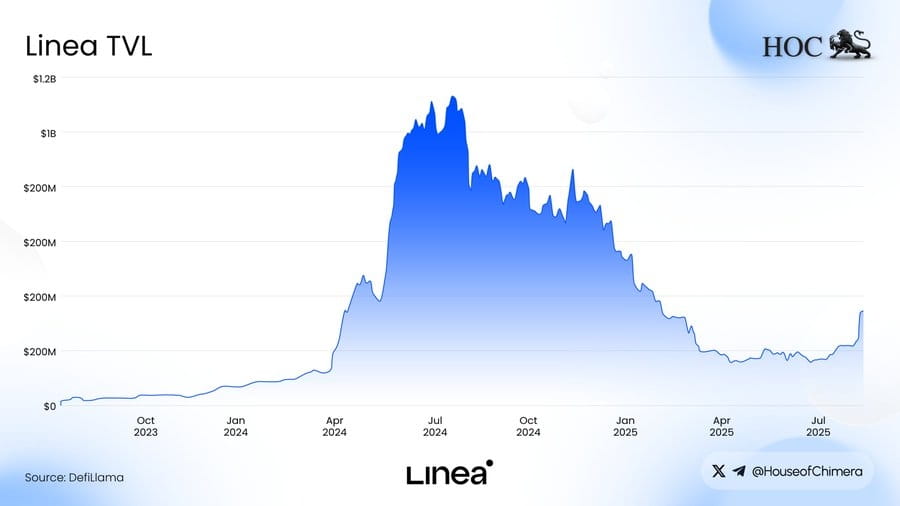Linea positions itself as 'the Ethereum Layer 2 network born to enhance Ethereum.' The mission seems simple, yet it is powerful. As Ethereum's price has surged significantly over the past two months and approached new highs, Linea has quickly become one of the most anticipated projects in the crypto space, especially with its token generation event (TGE) on the horizon.

Essentially, Linea is not just another Layer 2 network — it is a zkEVM project designed to push Ethereum further while being fully integrated into the Ethereum ecosystem. It was founded by ConsenSys, the developer behind key Ethereum infrastructures like MetaMask and Infura. With deep institutional support and years of experience, it backs core tools used by over 30 million users globally. Led by Ethereum co-founder Joseph Lubin, ConsenSys has raised $725 million from institutions like Microsoft, SoftBank, and Coinbase Ventures, providing solid backing for Linea's long-term development.
The technical challenges of Linea and Ethereum
The core challenge for Ethereum has always been scalability. Competing chains like Solana excel in speed and throughput, forcing Ethereum to rely on Rollups for scaling. The principle of Rollups is to bundle a large number of Layer 2 transactions and submit them to Ethereum for settlement, with two methods: one is optimistic fraud proof (which requires up to 7 days for final confirmation), and the other is validity proof (also known as ZK proof), which is faster and more secure.
Linea uses Type 2 zkEVM, meaning it is fully equivalent to EVM but not fully equivalent to Ethereum. In practical applications, this allows developers to deploy Ethereum dApps directly on Linea without rewriting code, while enjoying faster proof generation and lower costs. Linea’s goal is to gradually transition to Type 1 zkEVM before 2026, achieving perfect compatibility with Ethereum.

Reducing costs and enhancing user experience
Linea has demonstrated its ability to enhance user experience, most notably by significantly reducing gas fees. In the Alpha V2 upgrade, it introduced a mechanism that aggregates multiple batches into a single proof, thereby reducing fixed costs and lowering average gas fees by 66%. This makes Linea one of the lowest-cost L2 solutions and lays the groundwork for attracting and retaining users.
Core features driving adoption
The design of Linea revolves around three main pillars:
Ethereum alignment — using ETH to pay gas fees to maintain consistency with Ethereum's native design;
Native yield — introducing token economic incentives at the network level;
Multi-Rollup network architecture — building the ecosystem through interconnected Rollups.
At the same time, Linea adopts a dual burning mechanism: the ETH fees used in transactions will simultaneously burn ETH and LINEA tokens. This mechanism closely ties the success of Linea to the health of Ethereum.

Native yield mechanism and ecological flywheel
Another significant differentiation for Linea is its native yield mechanism. Through integration with Lido, ETH bridged to Linea can be automatically staked, with the generated yield flowing back into the ecosystem to support liquidity and incentivize growth. This design creates a liquidity flywheel effect, which is expected to support Linea's long-term development and avoid the boom and bust cycles driven by short-term incentives seen in other projects.
Linea positions itself not only as a Layer 2 network but also provides a full suite of tools through the Linea Stack to help other projects build their own Rollups. This strategy is similar to Optimism's Superchain approach, aiming to create broader network effects, ensure interoperability, and enhance cohesion across the ecosystem.
Ecological momentum and token economics
The ecosystem of Linea is rapidly accumulating momentum. It has established connections with over 400 partners across DeFi, NFTs, infrastructure, and AI, including heavyweight protocols like Aave, PancakeSwap, SushiSwap, and Stargate. During the Surge event in 2024, its TVL once reached $1.2 billion. Although there was a decline after the incentives ended, funds are flowing back as the TGE approaches. The decentralized exchange Etherex, launched only a few weeks ago, has already surpassed $120 million in TVL, indicating a rebound in ecological capital.
Unlike many projects, Linea deliberately avoids allocating tokens to venture capital institutions. Instead, it allocates 85% of tokens to the ecosystem, with only 15% reserved for ConsenSys, subject to a five-year lock-up period. In governance, Linea intentionally excludes token governance, managed by the Linea Consortium composed of trusted Ethereum organizations to oversee token emissions, grants, and incentives. This design reduces regulatory risk while ensuring a high degree of alignment with Linea's long-term vision for Ethereum.

Looking ahead
According to the roadmap, Linea will launch a series of key upgrades in the third and fourth quarters of 2025, including a new burning mechanism, an increase in gas limits, and the full implementation of a native yield mechanism. By 2026, Linea plans to achieve Type 1 zkEVM and increase network throughput to 5,000 transactions per second (TPS), while advancing a more ambitious real-time proof for Ethereum.
Conclusion
Linea is a bold experiment: without VC backing, ETH native yield, and Ethereum-first design, it is more than just a scaling solution. Although there are still questions about its token model and long-term value capture, one thing is certain as the TGE approaches — Linea's goal is not just to scale Ethereum but to strengthen it.

